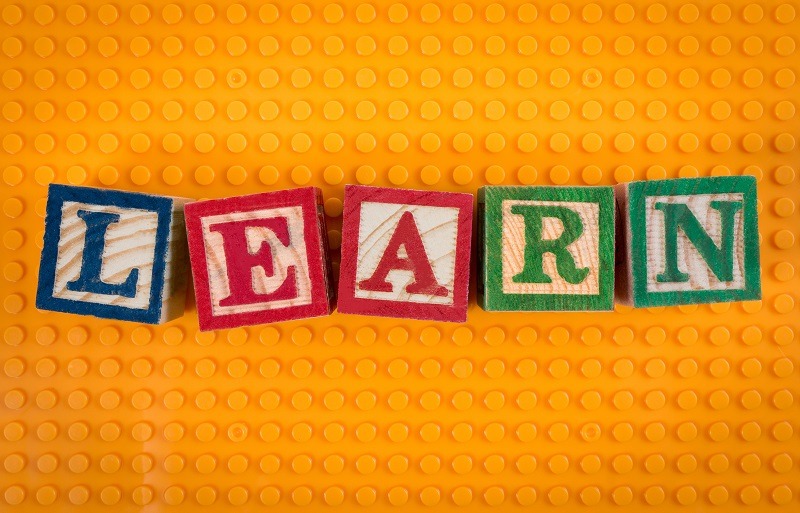
When my son Trevor was a toddler, I wanted him to learn his ABCs. Pretty soon, like most kids his age, he was belting out The Alphabet Song loud and clear. When I heard him sing, I was confident that he could name all the letters of the alphabet. I felt even better when he began pointing to the letters in the books we read at night. I knew then that he would have an easier time learning to read words in kindergarten.
In my professional life as an instructional designer, my clients come to me with a lot of things they want their employees to learn. Often, they say they have some content they want workers to know or understand. They might write their learning objectives as follows:
By the end of this course, learners will:
- Know the procedure to ring up a returned item.
- Understand the elements of our storytelling framework.
- Know how to use the AUTOSUM formula in Microsoft Excel.
Unfortunately, these learning objectives don’t go far enough. We can’t see inside people’s brains. If we want to be sure they have new knowledge, we need something observable. They have to demonstrate that they know or understand the content.
I was sure Trevor knew the letters of the alphabet because he was able to say them out loud.
My clients need even more than that. We don’t build learning programs just to put ideas in peoples’ heads – we want those people to DO something with the knowledge they’ve gained. That’s why I encourage my clients to focus not on the content they want people to know, but on the OUTCOMES.
I was sure Trevor could use his knowledge of the alphabet when he started spelling words.
Knowledge is the foundation, but the real key is being able to perform a task that drives business results. The best learning objectives are job-relevant activities learners should be able to perform – not only in a training environment, but also in the course of their daily work.
Using these guiding principles, I would push my client to rewrite their objectives around job performance:
By the end of this course, learners will:
- Issue a refund for a returned item using the original form of payment.
- Tell a two-minute story that incorporates drama, detail, and dialogue.
- Calculate the total annual budget using the AUTOSUM function in Excel to add the monthly allocations.
When learners are able to demonstrate the behaviors identified in these learning objectives, we will be confident that they know and understand the underlying content. But we’ve raised the bar and now have equal confidence that they can perform key activities that will grow and sustain the business. And, after all, isn’t that why companies invest in learning programs?
So remember, when writing powerful learning objectives, think of your ABCs:
A – use ACTION verbs
B – focus on a BEHAVIOR
C – CONNECT the learning to a job-relevant task
Now you know your ABCs…next time won’t you sing with me?




